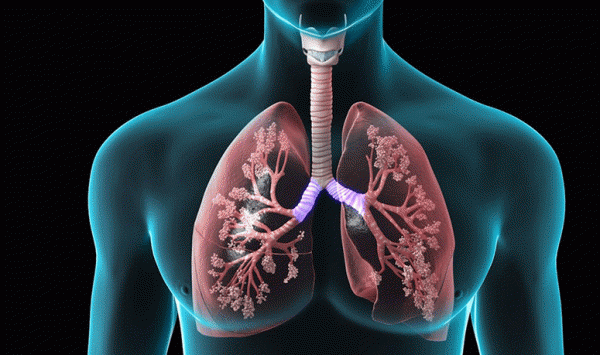Did you know that Tai Chi has been scientifically proven to have a positive impact on individuals living with chronic obstructive pulmonary disease?
Tai Chi, which originated from China, is an exercise characterized by posture alignment, weight shifting and circular movements that incorporate elements of muscle strengthening, balance, relaxation and breathing control. Tai Chi has been suggested as an appropriate, if not ideal, form of exercise for patients with chronic cardiopulmonary disease, such as COPD. Tai Chi has also been shown to have proven benefits in improving exercise capacity, physiological status, quality of life health related status, self-efficacy and associated with higher compliance to exercise in COPD patients.
If you look at the fundamentals of Tai Chi, you will see a strong alignment with the fundamentals of musculoskeletal and neuro-rehabilitative therapy practice. This includes static/dynamic sitting and standing balance, weight shifting, fall recovery, unilateral and bilateral movement, symmetrical and asymmetrical motion, open and closed patterns of movement. The practice of Tai Chi adds an additional focus on the breath and visualization. Studies have demonstrated the effects of these important components to our central nervous system. We can promote a transition from sympathetic to parasympathetic response in individuals practicing this “soft” form of martial arts. Increase in oxygen intake and enhanced toxin removal help shift the mind and body from a fight or flight response to one of healing and cellular recovery.
Did you know the 2017 Functional Pathways Symposium will include a course on Body, Breath and Vision: Evidenced Based Tai Chi? Our FP University also has CEU courses available on the role of Tai Chi in rehabilitation. YouTube has some excellent videos of the practice. The Harvard Medical School Guide to Tai Chi is an outstanding reference available through your local book store or online. We encourage you to check out this innovative approach to patient care.


Comments (0)